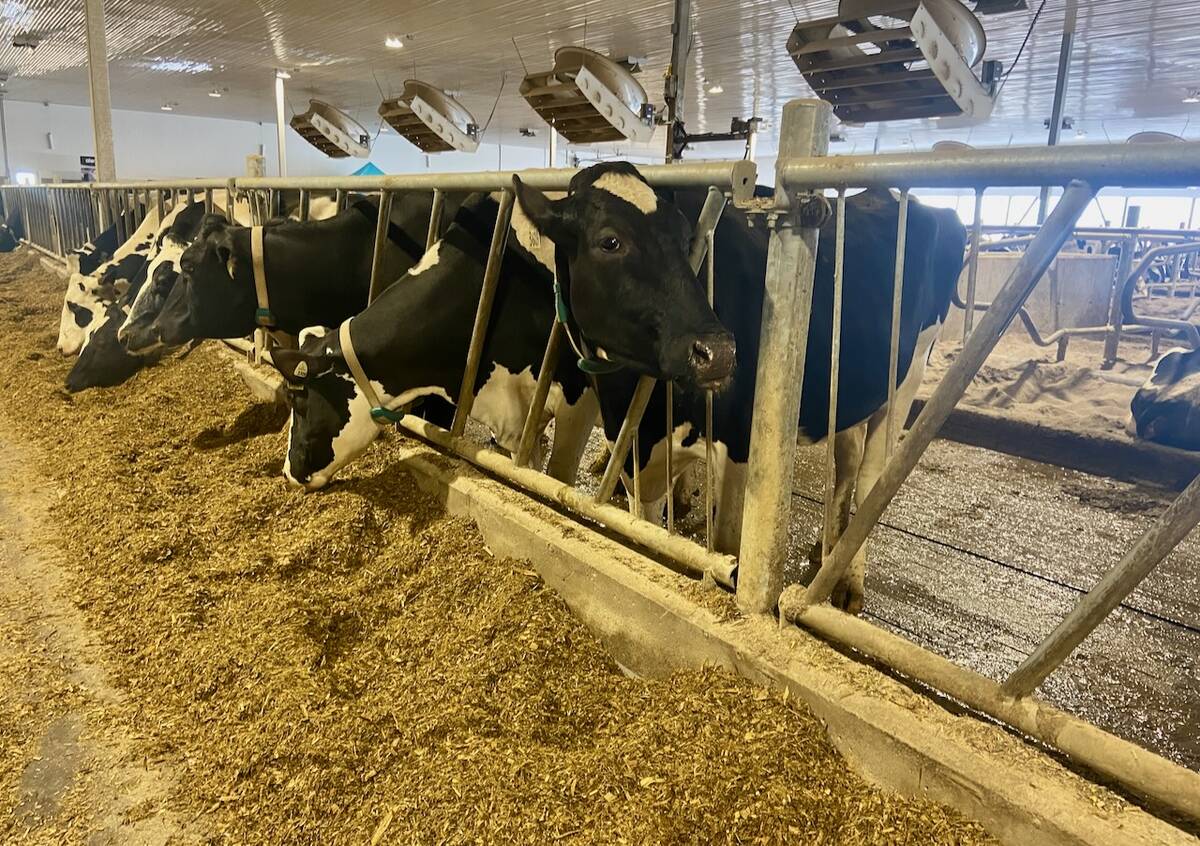Western Producer Calgary reporter Barbara Duckworth travelled to Denver, Colorado, for the International Livestock Congress and the National Western Stock Show to look at how issues there will affect Canadian producers.
DENVER, Colo. – An Argentine beef producer says beef producing countries should be less competitive and work together to promote their product around the world.
“I believe there is room for beef everywhere,” said Miguel de Achaval, who manages Cactus Feeders Argentina’s feeding division.
“We need to concentrate and not spend too much time trying to say ‘my beef is good and your beef is bad,’ ” he said Jan. 15 during an international beef congress in Denver.
Read Also

U.S. farm group supports supply management
U.S. grassroots farm advocacy group pushing new agriculture legislation that would move towards supply management like Canada has for dairy industry
Argentina is the world’s fifth largest beef producer and sixth largest exporter, but de Achaval said all beef producing countries have different customer bases. For example, countries such as Chile prefer lean, grass fed product while Russia likes more fat.
“We feed the animals 10 percent longer for Russia than we do for Chile,” de Achaval said.
Brazil is No. 1 in the world for exports and production but it has specific markets.
“You should not consider South America a major beef competitor,” he told his American audience.
Just like pasta, beef offers lots of variety for different palates.
“South America is reaching emerging markets that are just being exposed to beef,” he said.
Once they become more mature, these markets may demand different quality.
The beef industry is changing in Argentina to meet quality and consistency demands.
Escalating land prices forced cattle producers to marginal lands, resulting in more feedlots. More productive acres are going into soybeans and corn.
The country also needs to do considerable work on animal productivity to wean more live calves and produce more pounds of beef per cow. Right now the calf crop averages 65 percent.
As well, cattle are slaughtered at a younger age. In the past it was common to see animals destined for the beef market remain on grass for four years.
“As production becomes more intensive you see a reduction in the days to slaughter. We reduced the age of our animals,” he said.
Large companies such as Tyson Foods and JBS Swifts have moved into Argentina and de Achaval expects more frozen boxed beef will leave the country carrying a multinational’s label.















